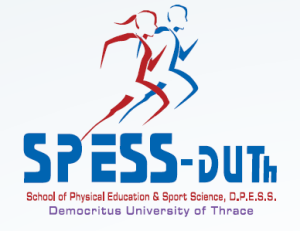The biopsychosocial treatment approach for chronic neck and back pain: A systematic review of randomized controlled trials.
Purpose of the present study was to determine whether biopsychosocial therapy is more effective than reference treatments for chronic back and neck pain. Literature searches were conducted according to the research strategy recommended by the Editorial Board of the Cochrane Back review Group, using MEDLINE-Biomed, EMBASE-Elsevier.7% of the 276 quality assessment were scored unclear. 21 studies (91%) had six or more positive scores which was the preset threshold for high quality. There is strong evidence that cognitive behavioral treatment of patients with CBNP has a positive effect on pain intensity, generic functional status and behavioral outcomes, when compared with booklets of healthy information, standardized exercise programs, active management, best practice advice and standardized active physical treatment.






